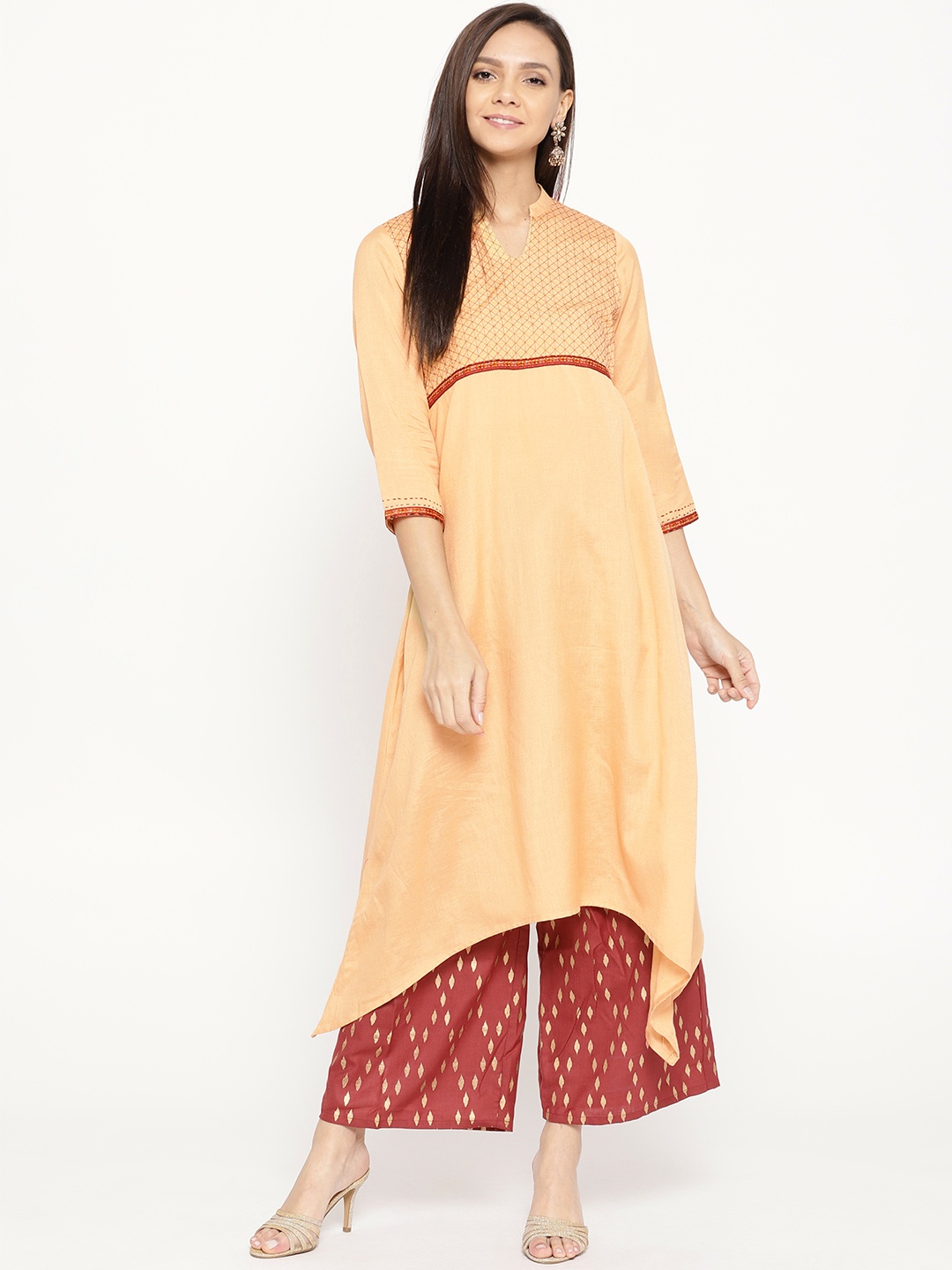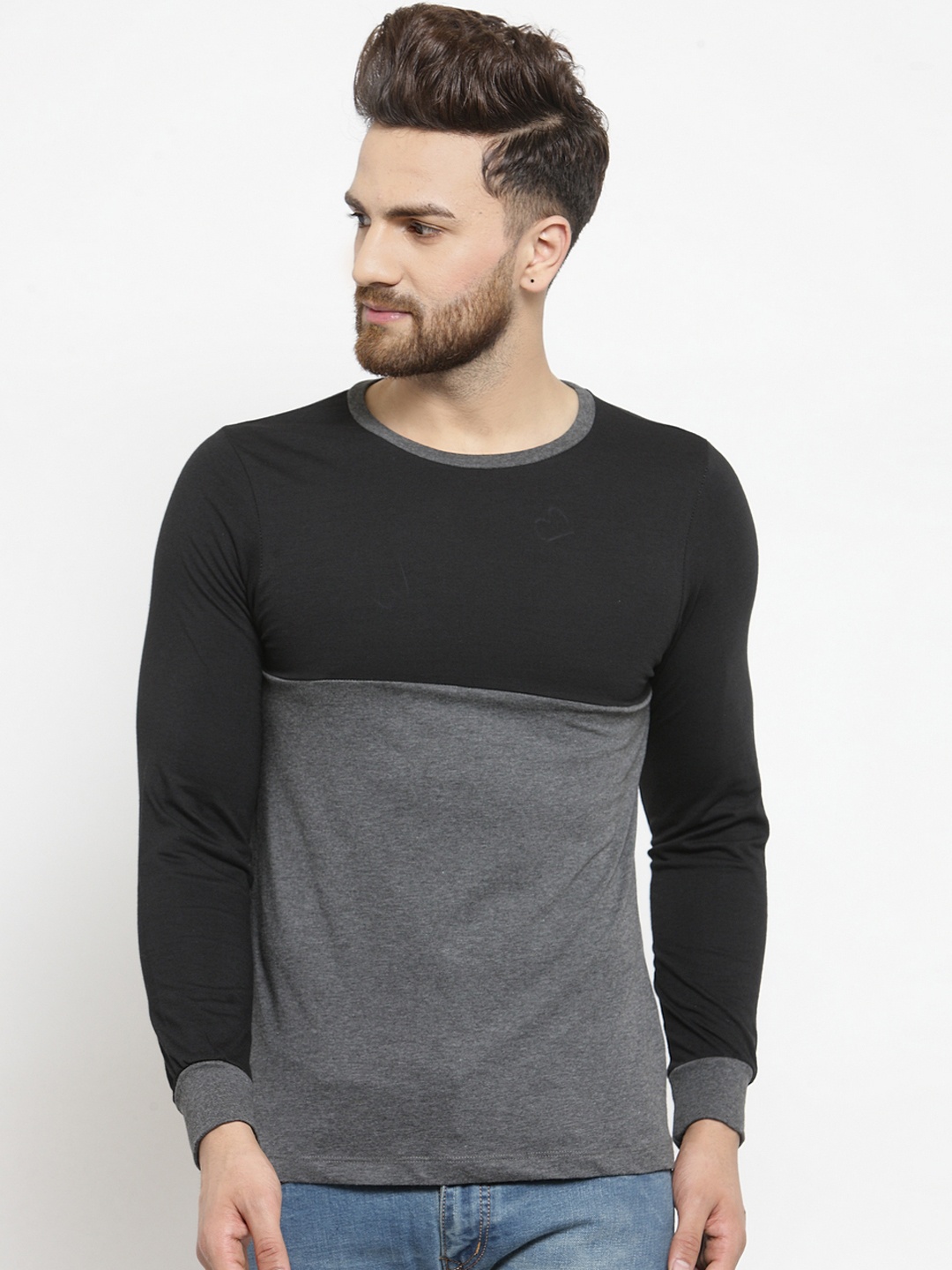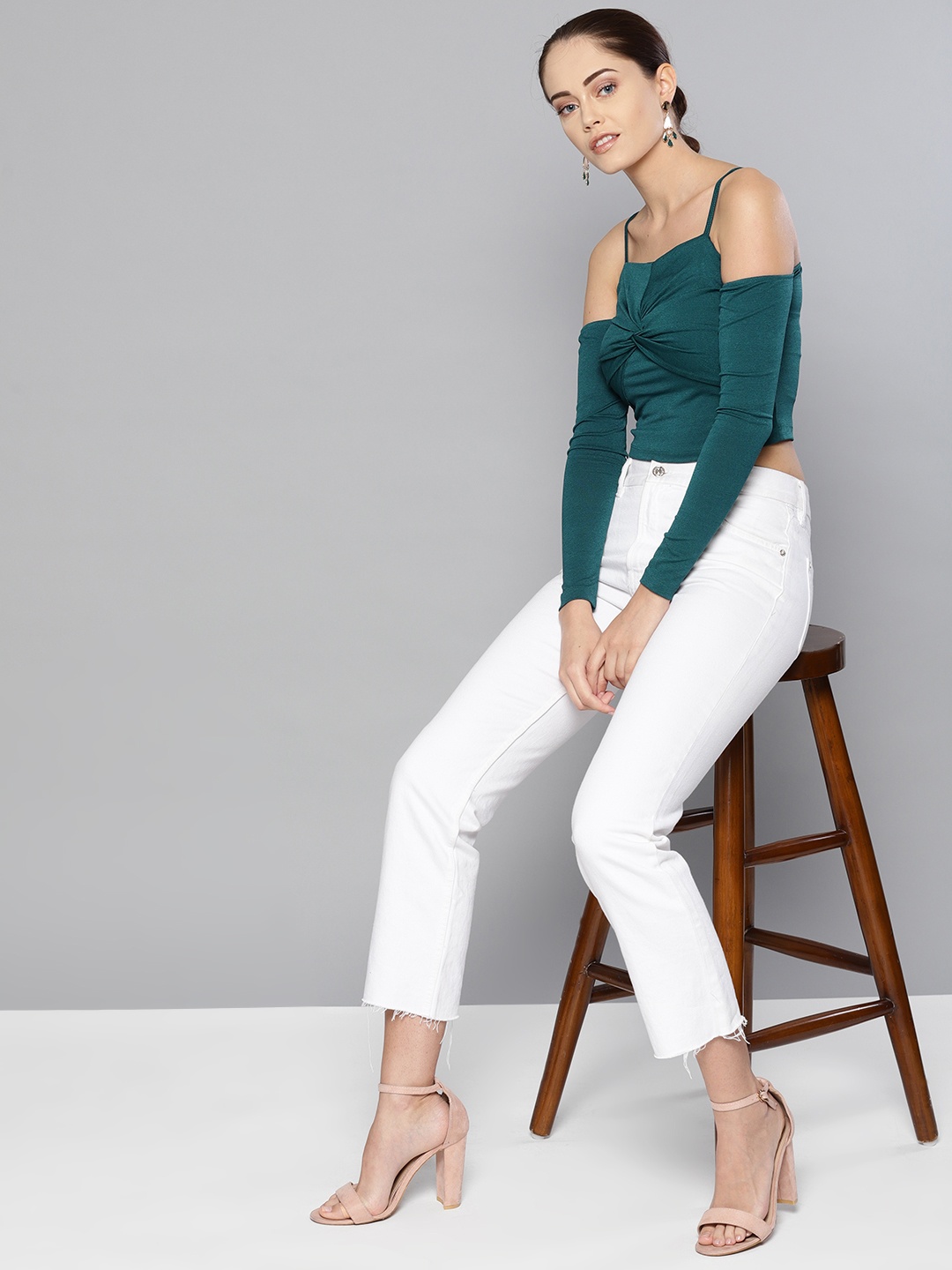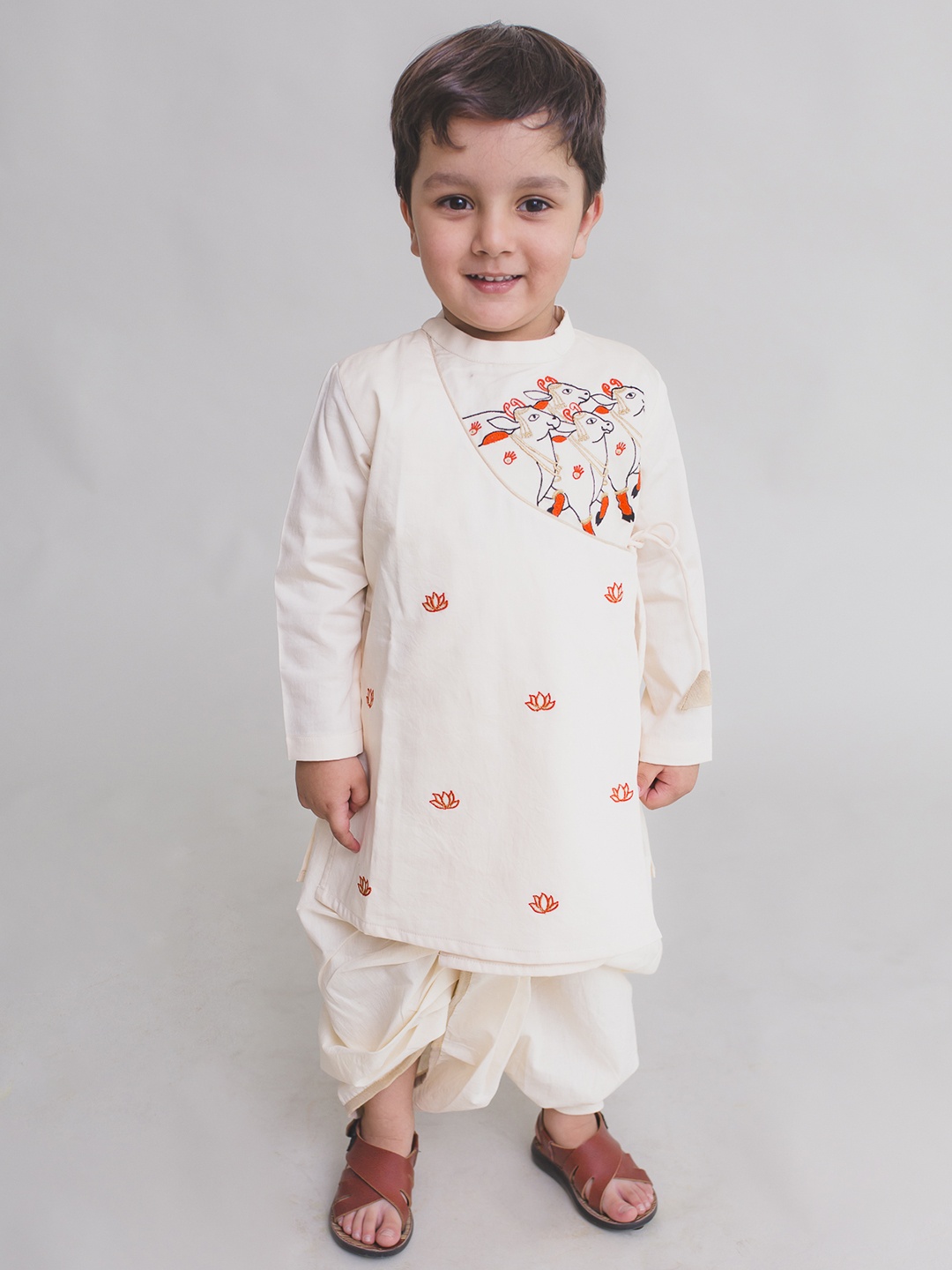Do You Really Need Padded Shoes for Everyday Wear? Here Is What to Know
Think padded shoes are the key to comfort? Maybe, but not always. From busy metro walks to standing hours in queues, our feet face more than we realise. Before buying that next pricey pair, here’s what no one tells you about everyday footwear.

Do You Really Need Padded Shoes for Everyday Wear? Here Is What to Know
In a country where feet clock in miles from morning to night, through bustling streets, crowded buses, market runs, and temple queues, comfort isn't a luxury; it's a necessity. Many turn to padded shoes, thinking they're the holy grail for sore soles. Memory foam insoles, extra arch support, and 'walking-on-a-cloud' promises tempt us from shop windows and influencer reels alike. But do padded shoes live up to the hype?
There's a growing belief that more padding equals better comfort. But, as with most things, the truth isn't that simple. Footwear, it turns out, is as personal as one's morning chai preference; what works for one might be a nightmare for another. Let's break down the truth behind padded shoes, where comfort ends, and where real foot care begins.

Do You Need Padded Shoes? Explore the Top 7 Brands Now From Cult, Liberty To Campus; Photo Credit: Pexels
1. The Appeal of Padded Shoes: Marketing or Miracle?
Let's face it, comfort sells. Every second ad these days boasts of 'cloud-like cushioning' or 'ultimate arch support.' And who wouldn't want to feel like they're walking on pillows while crossing potholes and footpaths? Padded shoes promise ease, especially when our lifestyle demands long hours on our feet. From school teachers to sales executives, most are sold on the idea that extra cushioning equals extra comfort.
However, this comfort-first narrative is often shaped by clever marketing. Brands know how to hit the sweet spot between need and desire. Fancy terms like 'ortholite' or 'gel memory foam' may sound impressive, but they don't always guarantee better support. Many buyers discover, too late, that what felt like heaven in the store becomes stiff, sweaty, or unstable after a week of daily use.
In short, while padded shoes can be helpful, not all of them deliver what they promise. It's less about layers of foam and more about how the shoe works with your foot's natural shape and movement.
2. When Padding Helps: Relief for the Right Reasons
Padding isn't always a gimmick. For people who spend hours walking or standing, think of a nurse on hospital rounds or a delivery executive during monsoon, padded soles can provide a much-needed buffer against impact. Cushioning absorbs shock, especially when walking on hard surfaces like concrete or tile.
People with specific foot issues, such as plantar fasciitis or flat feet, often benefit from targeted padding that supports the heel or arch. In such cases, shoes with well-designed insoles and moderate padding can reduce pain and fatigue dramatically. The key, however, is targeted support, not thick padding all around.
Consider someone who walks 10,000 steps daily, just commuting and running errands. The right pair of padded shoes can genuinely improve their quality of life, just like how a sturdy tiffin box keeps lunch safe on bumpy rides. But again, it must be the right pair, not just the most cushioned one.

Padded Shoes: Essential? Find Your Fit. Top 7 Brands from Cult, Liberty, Campus, and More; Photo Credit: Pexels
3. The Pitfalls of Over-Padding: Too Much of a Good Thing
While it may sound odd, too much padding can do more harm than good. When soles are overly soft, they can mess with balance and foot alignment. This can cause muscles and ligaments to work harder to stabilise each step, leading to soreness or even injury over time.
Think of it like sleeping on an overly fluffy mattress, it feels amazing at first, but wake up a few nights later and the back pain begins. Similarly, shoes with too much padding can reduce ground feedback. Your feet don't get the signals they need to adjust to uneven surfaces, which increases the risk of missteps.
Also, padded shoes often come with thick soles. For someone used to walking barefoot at home or wearing simple chappals, this transition can feel awkward and clunky. In daily use, bulky shoes may become more of a burden than a blessing.
4. Different Feet, Different Needs: One Size Doesn't Fit All
Ever tried borrowing someone else's footwear? Even if it's the same size, something always feels off. That's because foot shape, arch height, gait, and pressure points vary wildly from person to person. A shoe that feels heavenly to one might be downright painful to another.
So while your neighbour swears by that ₹4,000 memory foam sneaker, it might leave your feet sweaty and sore. Some people have high arches, others flat. Some walk heel-first, others toe-first. Choosing padded shoes without considering your specific needs is like picking a salwar just because it looks good on the mannequin, pretty, but maybe not your fit.
For those with wide feet or bunions, narrow, overly padded shoes can compress toes. On the flip side, someone with sensitive heels may love extra heel cushioning. So, it's vital to test, walk, and evaluate, not just go by trends or online reviews.

Do You Need Padded Shoes for Everyday Wear? Here Is What to Know; Photo Credit: Pexels
5. Breathability Matters More Than You Think
What's worse than sore feet? Sore and sweaty feet. In tropical climates, where heat and humidity rule for most of the year, padded shoes can easily trap heat. This leads to discomfort, odour, and sometimes even fungal infections.
Most padded shoes are made with synthetic materials that prioritise cushioning over breathability. Without proper ventilation, feet don't get a chance to breathe. This is particularly problematic during the summer, or when wearing shoes for long hours.
Good everyday shoes need not just support but also airflow. Mesh panels, natural linings, and sweat-wicking materials can make a world of difference. So before picking a shoe solely for its thick insole, ask: will my feet survive this during April power cuts?
6. Cost vs Comfort: Are Expensive Shoes Always Better?
There's a common belief that pricier means better. Walk into any mall and you'll find padded shoes ranging from ₹1,500 to ₹12,000, sometimes more. But is a higher price tag always worth it? Not necessarily.
While premium brands often offer better materials and durability, many mid-range options provide equal comfort. In fact, some local brands now focus on ergonomics without the fancy branding. A ₹2,500 shoe with decent arch support and breathable lining might serve better than a ₹7,000 fashion sneaker with no real structure.
It's important to test the fit and feel instead of falling for glossy packaging or celebrity endorsements. Comfort doesn't come with a brand logo, it comes with understanding what your feet truly need.

Do You Need Padded Shoes for Everyday Wear? Here Is What to Know; Photo Credit: Pexels
7. Everyday Activities Call for Everyday Comfort
Not all daily routines are alike. Someone who sits at a desk all day might not need as much support as a person running errands in the market or teaching five back-to-back classes. Footwear should match lifestyle, not trends.
For those on the move, lightweight shoes with moderate padding, good grip, and flexibility are ideal. Office-goers might prefer semi-casual padded loafers that offer a balance of comfort and style. If your day includes both sitting and standing, versatility matters more than maximum cushioning.
The mistake many make is buying one "all-in-one" pair of padded shoes expecting it to suit every situation. But just like one curry doesn't suit every meal, one shoe won't meet every need.
8. The Role Of Foot Strength and Natural Movement
Here's something shoe brands rarely tell you, strong feet are more important than padded shoes. Overreliance on cushioning can actually weaken foot muscles. That's why many physiotherapists now encourage walking barefoot at home or using minimalist shoes occasionally to build foot strength.
In traditional households, walking barefoot on tile or stone floors was common. That natural feedback kept muscles active and posture aligned. But now, with foam slippers indoors and padded sneakers outdoors, feet get too 'relaxed' and lose strength over time.
A good balance is essential. Use padded shoes when needed, but give your feet a break. Walking barefoot on grass, stretching toes, or doing simple exercises like towel scrunches can help restore strength and flexibility.
9. Red Flags: When Padding Becomes a Problem
Sometimes, shoes feel comfortable at first, but pain creeps in later. That's a sign something's off. Common red flags include aching ankles, sore arches, blisters on the toes, or even knee and lower back pain. Often, the culprit is poor footwear, even if it feels padded and soft.
Another warning sign is feeling unstable on uneven ground. That usually means the padding is too thick or the sole too rigid. Slipping or skidding while walking is another red alert, especially in the rainy season when grip matters most.
If discomfort persists, it's worth consulting a podiatrist or even trying orthotic insoles. But most importantly, stop wearing any shoe that causes pain, no matter how expensive or trendy it is.
10. Choosing the Right Pair: What to Look For
So, what's the takeaway when choosing everyday shoes? Look beyond the fluff. Consider shape, support, material, and sole design. Try shoes on both feet, walk around, bend the sole, does it flex with your foot or fight it?
Look for moderate padding, good arch and heel support, breathable materials, and a firm grip. If possible, shop in the evening, as feet swell slightly by then, giving a truer fit. And always remember: no amount of padding can replace a poor fit.
Everyday shoes are like daily meals. You don't want them fancy, you want them fulfilling. Invest in what supports your lifestyle, suits your climate, and truly respects your feet.
Products Related To This Article
1. CULT Men's Onyx Running Shoes
2. DOCTOR EXTRA SOFT Memory Foam Men's Running Shoe
3. DOCTOR EXTRA SOFT Flexible Memory Foam Women's Shoes for Walking Gym Training
4. Campus Men's North Plus Running Shoes
5. AVANT Men's SpartanX Running Shoes
6 Liberty Leap7X Hanover-1 Men's Sports Lacing Shoes with Lycra Upper
7. Neeman's Sole Max Slip-Ons for Men | Casual Shoes for Men
Padded shoes aren't the villain, but they're not a miracle cure either. They serve a purpose, but only when chosen wisely. With our varied routines, humid weather, and long hours on the go, comfort can't come from cushioning alone. It's about balance, between support and freedom, style and function, tradition and trend.
So next time you're out to buy a pair, pause before falling for the fluff. Think about how your feet feel, not just what the box claims. After all, these are the very feet that carry you through life, daily, faithfully, step by step. Shop Now On Amazon.
Disclaimer: The images used in this article are for illustration purposes only. They may not be an exact representation of the products, categories, and brands listed in this article.

























